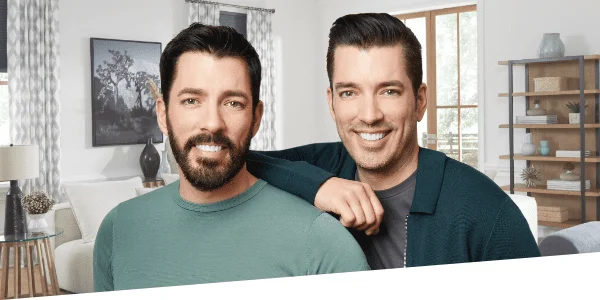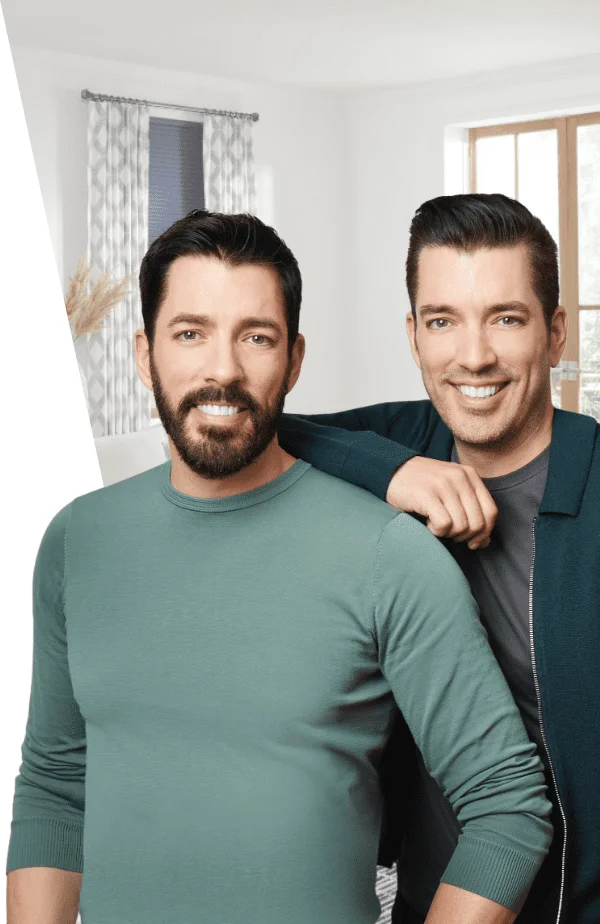What Home Means to Me
For a wounded veteran, getting a home of his own that was wheelchair-accessible allowed him to regain his independence and help take care of his family without sacrificing his own well-being.
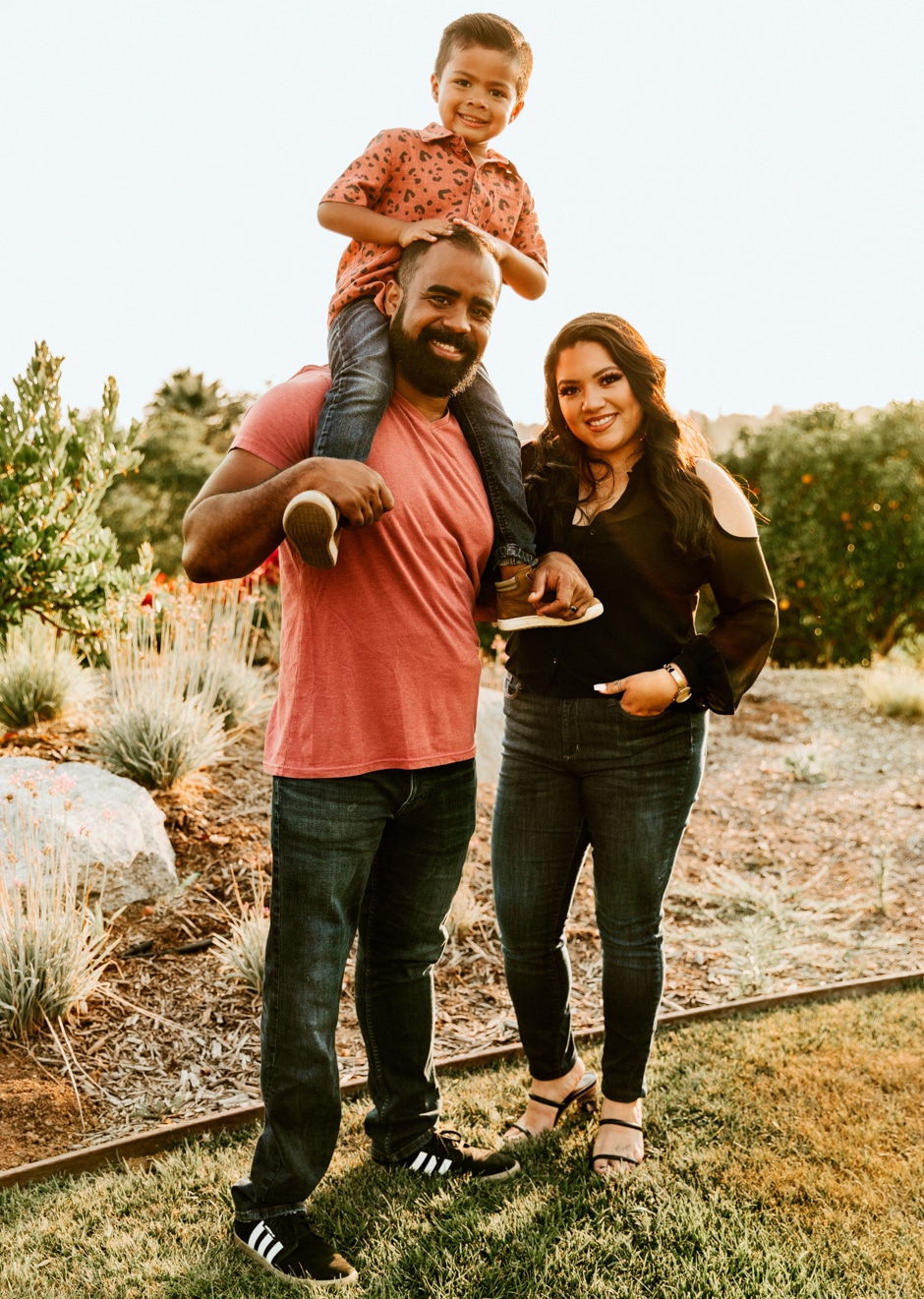
Marine Corporal Darryl Charles’s squad members were sick with worry as they waited for an emergency helicopter to airlift him from their post in Afghanistan to a base in Germany for surgery. A buried improvised explosive device (IED) had detonated beneath his right leg in a cloud of dust, and his squad tried to help him stay conscious while they patched up his leg the best they could, a touch-and-go span he doesn’t remember very well now. To divert their attention from his injury, he burst out singing Katy’s Perry’s “Hot N Cold.” It gave his squad hope that he was going to live.
After treatment in Germany, Darryl was flown back to the United States, first to Walter Reed Medical Center in Bethesda, Maryland, and later to Balboa Naval Medical Center in San Diego, near his hometown of Rancho Bernardo, California.
In the decade since, Darryl has endured around 30 surgeries; he now has a titanium rod that sticks out of his thigh so he can click on his prosthetic lower leg. “It snaps on like a Lego piece,” he says. “I had to relearn how to do so many simple things that I’d taken for granted: putting on pants, going up and down stairs, or just changing shoes, which is really difficult to do on a prosthetic foot.”
Through this difficult and painful process, his high school bestie, Desiree, has been by his side. And when she saw the way he rose to the many challenges he faced, she moved him right out of the friend zone.
“The best thing about Darryl is that he kept his personality through all this,” she says. “He’s making jokes even when you probably shouldn’t be joking, and he’s incredibly humble. And stubborn! No matter what, he gets back up, and that’s really attractive to me.”
Darryl’s doctors had said there was a 98 percent chance he wouldn’t be able to conceive a child naturally due to injuries from the IED blast, so the couple agreed to adopt. A few months later, Desiree found out she was pregnant with their son, Kingsley.
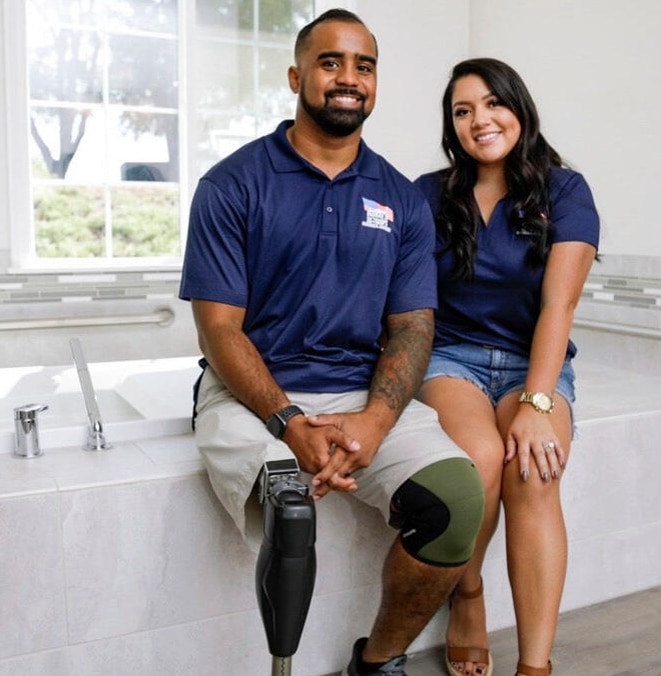
When Kingsley came home, it brought the challenges of Darryl’s disability to the forefront. His doctors encouraged him to wear his prosthetic for only eight to ten hours a day and use a wheelchair the rest of the time, but it barely fit through the doorways in their small apartment; the hallway, bathroom, and kitchen were so narrow that he could only go in and out in a straight line, without turning around. That meant he couldn’t open the fridge for a bottle if he was using his wheelchair, or get Kingsley into a bath. And because he needed to be ready every two hours when the baby woke up, Darryl started wearing the prosthetic around the clock, even sleeping in it, which led to straining and painful sores.
Keeping up with Kinglsey became even trickier when he started to crawl, which meant that long hours with the prosthetic continued for years. “I’m grateful for the kind of involved dad Darryl has been, but it came at a price to his own body,” says Desiree.
The couple had applied to the Homes for Our Troops program, a nonprofit that builds and donates adaptive housing to injured veterans, while Desiree was pregnant, and they found out in March 2018 they’d been approved.
“I was at a loss for words—I opened my mouth and no words came out,” Darryl says. “It didn’t feel real until we got the land.” The first time he saw the plot, an acre in Fallbrook, California, Darryl had “an instant feeling of peace,” he says, a rarity for him after two tours in Afghanistan. Construction was completed in September 2020, and since moving in, the couple will occasionally turn to each other and murmur in happy disbelief: “We own a house…this is our house.”
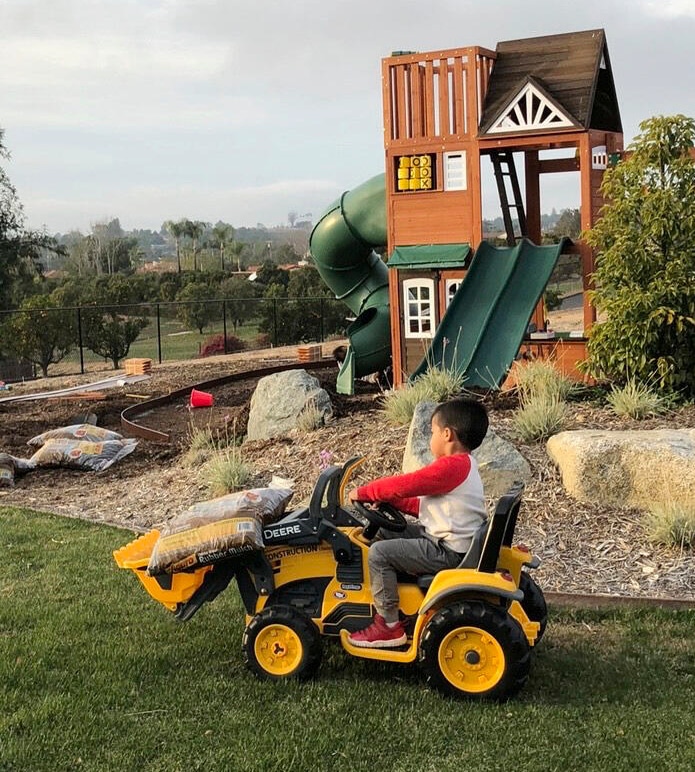
Every room and hallway is wide enough for Darryl to do a 360 in his chair; the open floor plan helps him cruise so easily that Kingsley, now 4, often hops up on his dad’s lap for a “taxi ride.” The roll-in shower means Darryl doesn’t risk a fall trying to balance on slippery surfaces.
The wheelchair-height kitchen countertops, plus cabinets with shelving rods that Darryl can pull down from his wheelchair, mean the room, formerly off-limits, is now his happy place. You’ll often find him there, preparing his famous chicken adobo or baking cookies for his family. “Watching Darryl regain his independence has been amazing,” says Desiree. “For us, this house is the definition of freedom.”
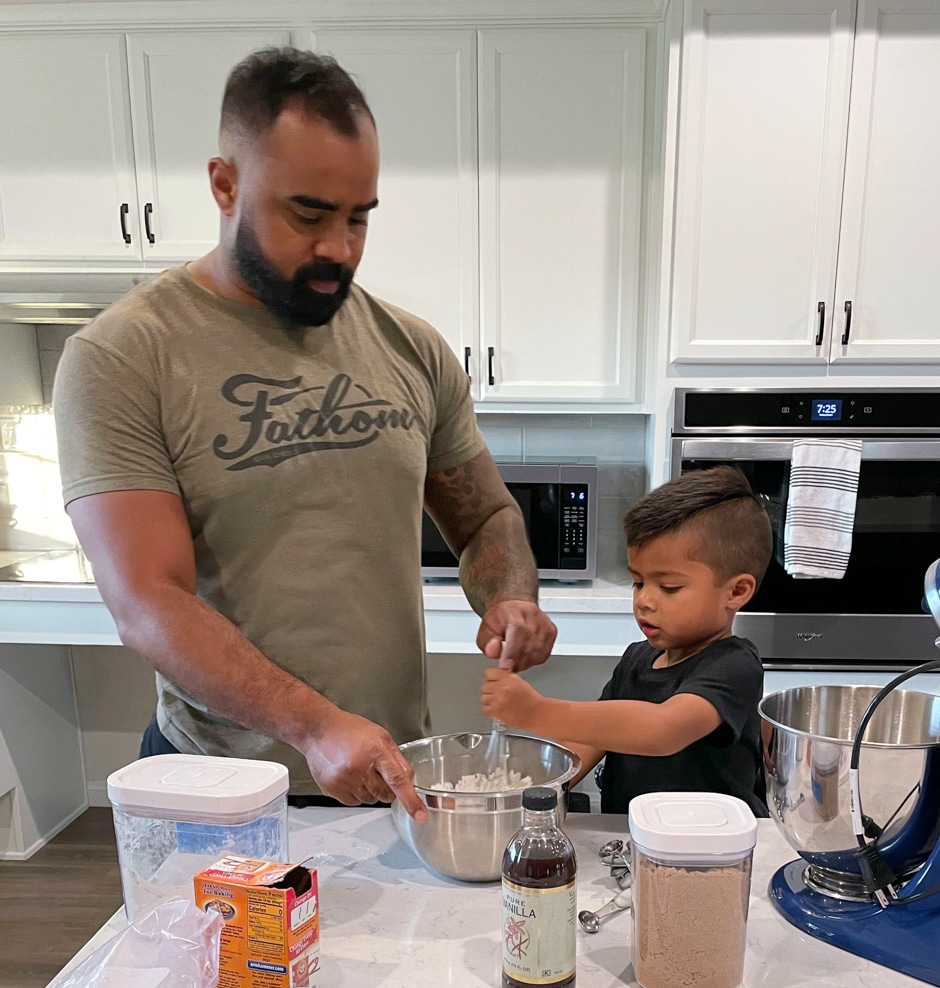
“Returning veterans have a lot on their plates. It’s critical that their houses feel like welcoming homes to help them reunite with their families and their communities.”
—Jonathan
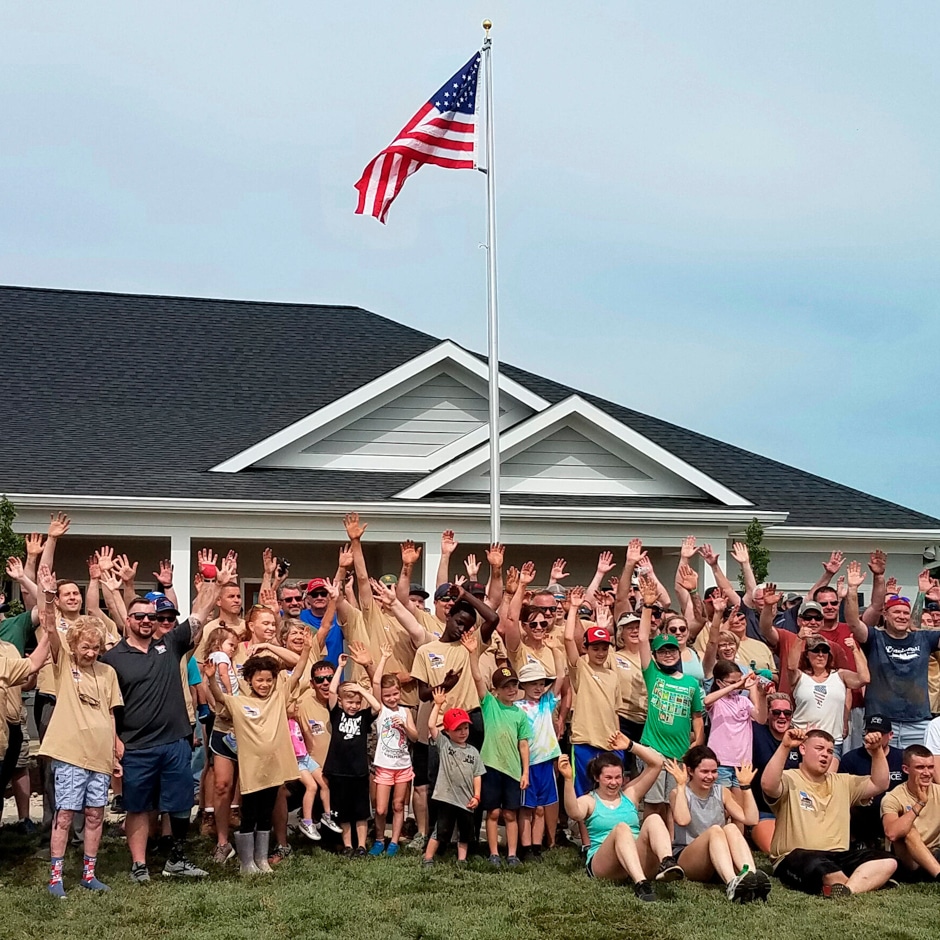
A Better Place: Help a Veteran Come Home
Darryl Charles received his custom house through Homes for Our Troops (HFOT), a nonprofit that builds new, specially adapted, mortgage-free custom homes nationwide for severely injured post-9/11 veterans. Since 2004, HFOT has built more than 315 homes, and 100 more veterans are currently in the application process. To help provide another deserving veteran with a mortgage-free home that works for them, go to hfotusa.org.
By Sarah Z. Wexler | Group photo courtesy of Homes for Our Troops | All other photos courtesy of the subjects




